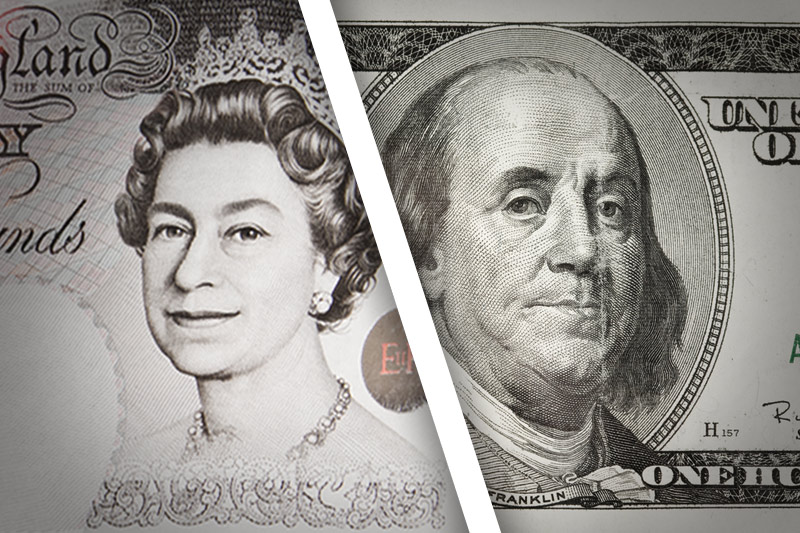Investing.com - The pound was higher against the broadly weaker dollar on Friday after data showed the U.S. economy added jobs at a slower-than-expected pace in January.
GBP/USD ended Friday’s session at 1.6413, 0.55% higher for the day. For the week, the pair gained 0.64%.
Cable is likely to find support at 1.6271, Thursday’s low and resistance at 1.6497.
The dollar slid after the Department of Labor said the U.S. economy added 113,000 jobs in January, well below expectations for jobs growth of 185,000, after December's lackluster gain of 75,000 jobs.
It was the weakest two-month stretch of job creation in three years as inclement weather contributed to a slowdown in hiring.
Yet the report also showed that the number of people participating in the labor force edged up to 63% from a 30-year low of 62.8% last month, while the unemployment rate unexpectedly ticked down to a five year low 6.6% from 6.7% in December.
The report was seen as unlikely to derail reductions in the Federal Reserve’s stimulus program. The bank announced a second $10 billion cut to its asset purchase program in January, reducing it to $65 billion-per-month.
In the U.K., data on Friday showed that the trade deficit narrowed in December, while manufacturing production grew more slowly than expected.
The Office for National Statistics said the trade deficit fell to 1 billion pounds in December, compared to a deficit of 3.6 billion pounds in November.
In a separate report, the ONS said manufacturing production rose 0.3% on the month in December, compared to expectations for a 0.6% increase. Industrial production rose 0.4%, below expectations for a gain of 0.6%.
In the week ahead, Fed Chair Janet Yellen is to testify to Congress on the bank’s semiannual monetary policy report in Washington. Her comments will be closely watched.
Meanwhile, the Bank of England is to release its quarterly inflation report on Wednesday, amid speculation that it may update its forward guidance on rates.
Ahead of the coming week, Investing.com has compiled a list of these and other significant events likely to affect the markets. The guide skips Monday, as there are no relevant events on this day.
Tuesday, February 11
The U.K. is to release private sector data on retail sales.
Federal Reserve Chair Janet Yellen is to testify on the bank’s semiannual monetary policy report before the House Financial Services Committee, in Washington.
Wednesday, February 12
The BoE is to release its quarterly inflation report, which outlines projections for economic growth and inflation. BoE Governor Mark Carney is to hold a press conference to discuss the contents of the report.
Thursday, February 13
The U.S. is to produce data on retail sales, the government measure of consumer spending, which accounts for the majority of overall economic activity. The nation is also to release the weekly report on initial jobless claims.
Federal Reserve Chair Janet Yellen is to testify on the bank’s semiannual monetary policy report before the House Financial Services Committee, in Washington.
Friday, February 14
The U.S. is to wrap up the week with the closely watched preliminary reading of the University of Michigan consumer sentiment index. The U.S. is also to release data on import prices and industrial production.
